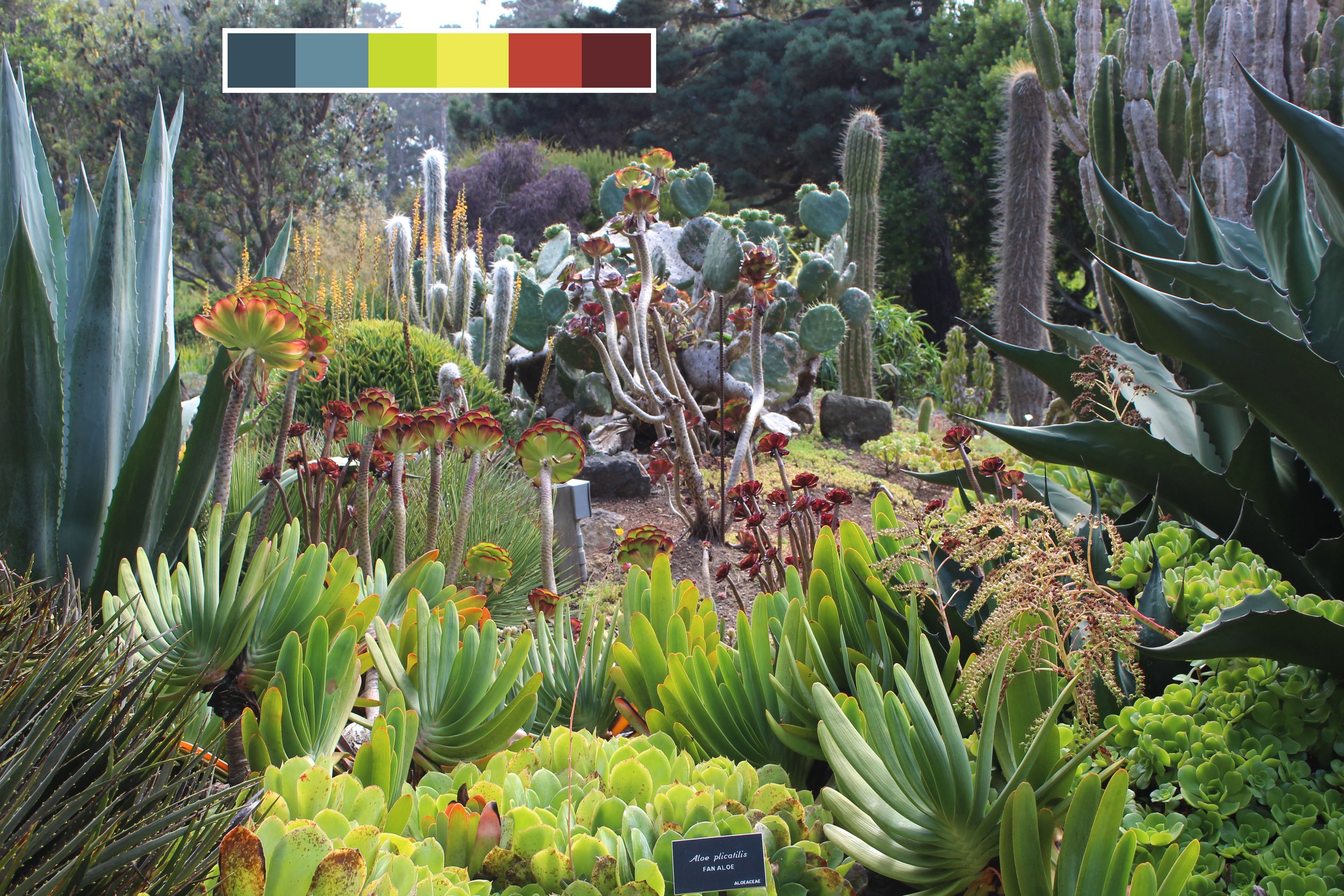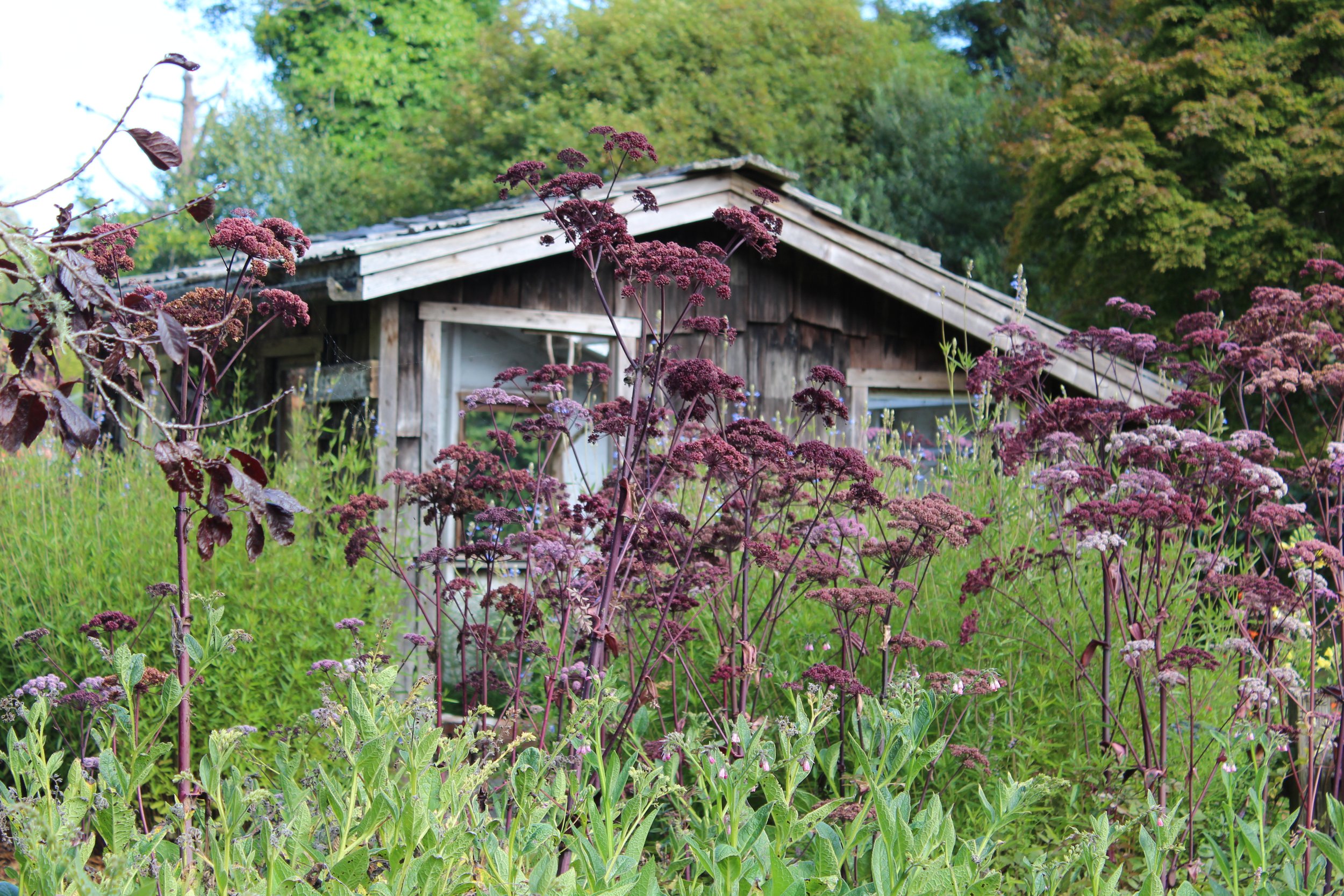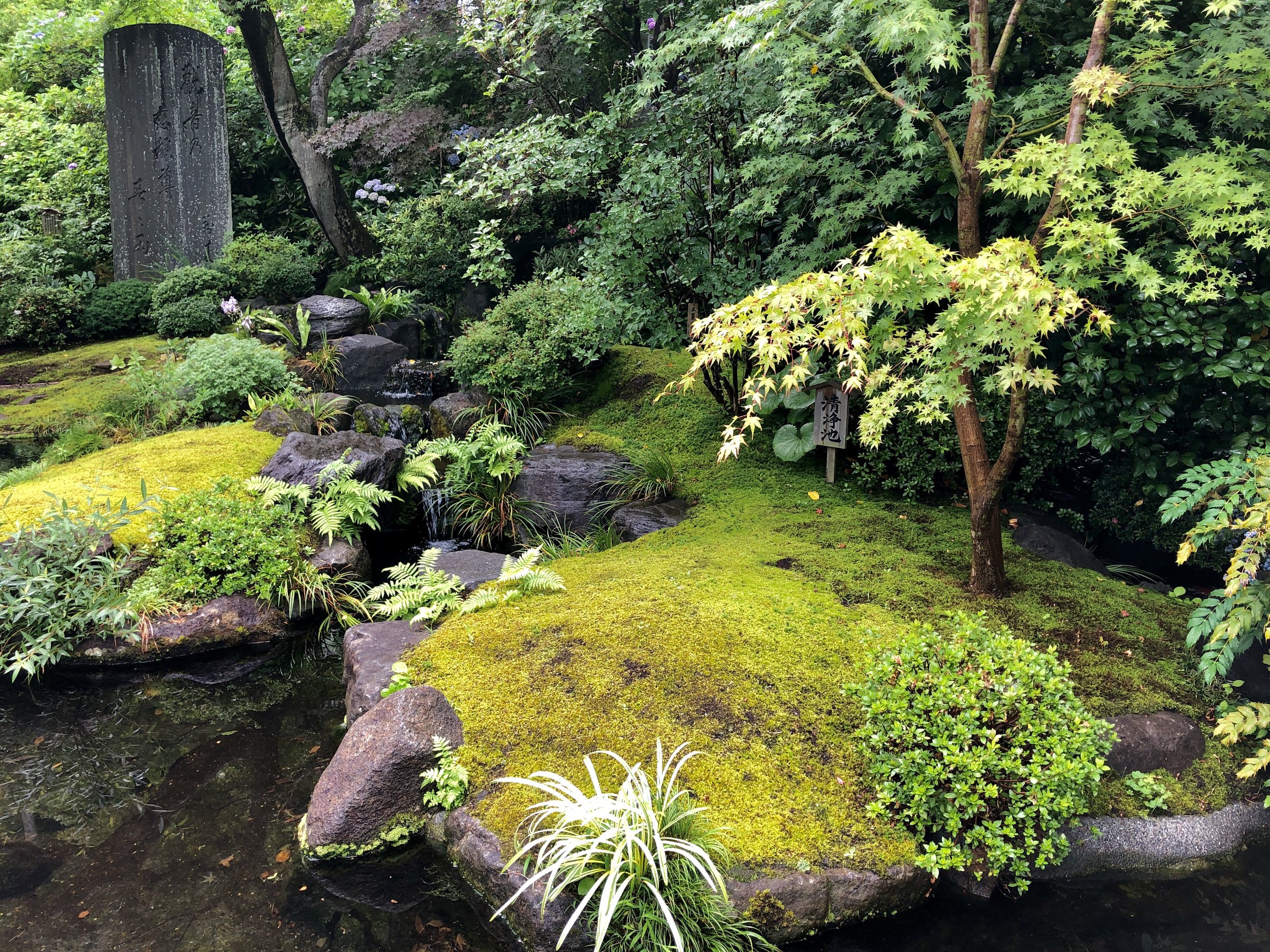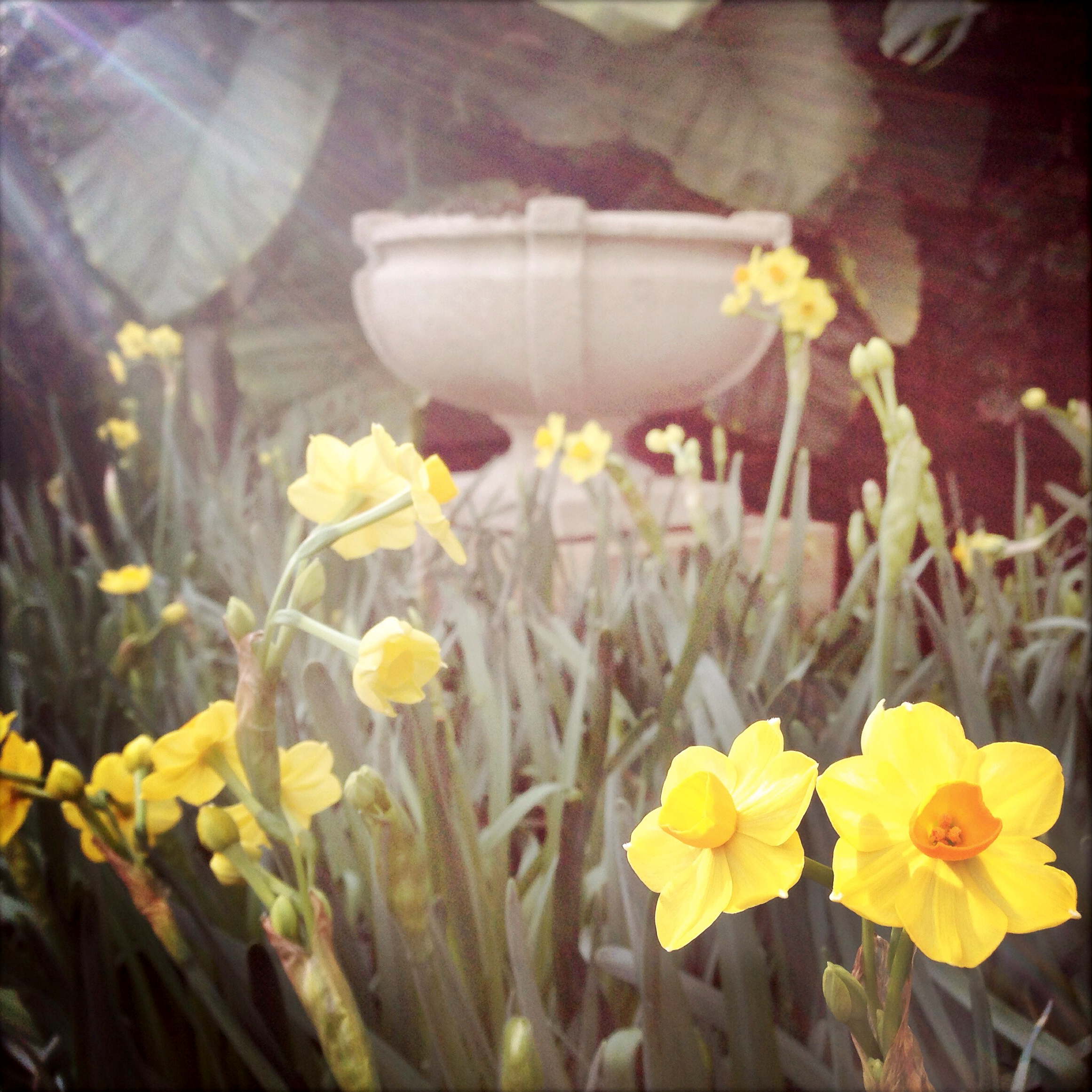In August 2022, I had the privilege of visiting Château de Chenonceau in the Loire Valley, home to two of the most iconic French Renaissance gardens: the Diane de Poitiers Garden and the Catherine de' Medici Garden. These remarkable landscapes have profoundly influenced our modern understanding of formal gardens, leaving a legacy that continues to shape garden design to this day.
As the story goes, the property was gifted in 1547 by King Henri II to his mistress, Diane de Poitiers, whereupon she set herself to build a magnificent garden in the latest renaissance style. Upon the king’s death in 1559, his wife Queen Catherine de’ Medici became regent, threw Diane out and installed herself in residence, building a garden of her own. The castle and its grounds opened to the public in 1913.
The Diane de Poitiers Garden, overlooked by the Chancery cottage, seen here covered in foliage. This cottage served as the residence of Catherine de’ Medici’s steward. The unique floating parterres now feature a raised metal edge traditionally filled with Santolina chamaecyparissus (lavender cotton) yet seen here filled with gravel chips at the time of our visit. I love how the weathering steel of the edging is used here to highlight the purple hues of the cottages windows, and is accentuated further by the purple foliage of the annual planting. Together with the purple hibiscus standards they leave a satisfyingly monochromatic impression.
Although within the Loire region, Chenonceau does not actually sit on the Loire river but rather on one of its smaller tributaries, the river Cher. These gardens are excellent examples of how the original Italian renaissance gardening style, which featured terraced gardens viewed from atop hilly Italian villas, was adapted to the flatter riverside landscapes of the Loire’s châteaux .
View of Chenonceau from the southern bank of the Cher river (Tour de Marques seen on the left). Because the castle sits as a bridge over the river itself, it was limited in size and was often considered too small and cramped for its royal residents.
A Platanus allée leads to the Chateau’s entrance courtyard.
Upon approaching Chenonceceau, the entrance is made grand by the towering allée of Platanus × acerifolia leading to the entrance courtyard. To me, no other tree is more quintessentially French than this, the Platanus or ‘plane tree’. You find it everywhere in Paris but also in rural countryside gardens. It is said that its exfoliating bark makes it the ideal tree to survive highly polluted urban conditions. Its perennial shedding of bark helps expunge some of the toxins that would otherwise be absorbed by the plant. Platanus × acerifolia, also known as the London plane tree, is a cross between Platanus orientalis, the oriental plane tree, and Platanus occidentalis, the American sycamore.
The original 12th century fortress was demolished save for its dungeons, the Tour des Marques (right), named after its medieval residents the Marques family. Its foundations serve now as an entrance courtyard, the Terrasse des Marques, for the present chateau (left) which was built over the Cher in 1517.
Looking north towards the Platanus allée, the axis created by its pathway leads between the Tours de Marques and Terrasse de Marques straight into the castle’s entrance. Although lacking in the perfect symmetry of Italian renaissance schemes, it achieves a similar intent of creating a crescendo towards the entryway.
Heading East straight into the more prominent of the two, the Diane de Poitier’s garden is actually sunken down—which is difficult to see from textbook photographs. There is a raised walkway surrounding its perimeter, allowing visitors to enjoy the patterns formed by its curvilinear floating parterres from above. Inspired by floral textiles of the time, these unique curvilinear patterns distinguish French from Italian renaissance parterres, which utilized more geometric shapes in their patterns. Lacking in steep terrain and dramatic terracing found in northern Italy, these gardens are meant to be enjoyed from more subtle terraces as well as from the upper rooms of the chateau.
Diane de Poitier Garden as seen from the chateau reminds me of a giant life-sized chessboard. The raised walkway around its perimeter forms a wall that encloses the garden.
Floating parterres now devoid of the Santolina that shaped them, filled with gravel instead.
Simple round topiary that dot the garden are Taxus, Euonymus, Buxus and Viburnum spp.
Parterres are low evergreen hedges surrounded by a gravel or lawn path. These hedges are used to give structure and interest to a garden in all seasons. The interior of a parterre is typically filled with annual flowers to enhance the seasonal color display. The parterre itself can be made of any number of aromatic evergreen shrubs that take well to pruning, such as lavender or rosemary. The most commonly used parterre plant is Buxus sempervirens, commonly known as boxwood or simply ‘box’. However in recent decades this plant has been plagued by an uncurable fungal disease called box blight, which has destroyed many historic parterre gardens throughout Europe. There are many good alternatives to boxwood than can be used to make parterres, including hardier holly species such as Ilex glabra and Ilex crenata. For more aromatic though less hardy selections, Sarcococca and Lonicera spp. are also good alternatives. The parterres at the Diane de Poitiers garden are floating parterres, meaning they are not used to edge or enclose annual flower beds; instead they ‘float’ in the gravel or lawn itself.
When visiting historic gardens such as these I’m always left to wonder how much of what we see remains from the past, and how true it is to the original design. Remarkably, here the layout of the garden and parterres, including the central fountain itself, are all true to their original 1500s design which I find astounding. The planting itself appears to date back to a design by Achille Duchêne, who followed Andre Le Notre’s style and practiced around the turn of the 20th century. This would make the oldest plants we see here roughly about 100 years old.
The amazing caliper of this old hibiscus standard gives us a hint of its age. I had never seen a hibiscus standard this old.
Unfortunately some of the old Taxus topiary were covered in bindweed, which will damage the foliage by overshading it if left for the season.
The terrace walls are covered in beautiful espaliered roses.
West of the entrance allée, the Medici garden is much smaller by comparison. Described by some as ‘more intimate’, it lacks traditional French renaissance features such as terracing and curvilinear parterres. The floating parterres here are made of pruned lavender and it is dotted by rose, rather than hibiscus standards which are much younger in age.
Catherine de’ Medici Garden, seen from atop the castle.
At the time of our visit, the Catherine de’ Medici Garden was more neglected than the Diane de Poitier’s Garden, its annual flower beds seen here filled with tall weeds.
The axes in Catherine’s garden are not perpendicular to one another, instead one points towards the Orangery and the other remains parallel to the river’s edge. Orangery buildings were common on both Italian and French renaissance gardens. These garden buildings were used to shelter tender citrus collections from cold winter temperatures. Many citrus species cannot tolerate temperatures below 40F, so they would be kept in pots that could be set outside during the warmer months then brought into the Orangery in the winter. The orangery itself would feature tall, large glass doors that would allow sufficient sunlight indoors to keep the plants alive through the winter.
As you cross the chateau bridge to the south bank of the Cher, the quality of the garden grounds shifts—becoming more of a mysterious wooded park. Known as the Bois de Chenonceau, I was interested in exploring this part of the grounds because during the time of Diane de Poitiers they imported Italian cypress trees and planted them here to evoke the feeling of an Italian renaissance villa. Unfortunately, although the main axis out the castle is maintained, I saw no sign of extant cypresses.
Eerie view of the Bois de Chenonceau as you exit the castle.
The south bank of the Cher has a park-like feel.
Monument funéraire (Funerary Monument). The design contains symbolic elements reflecting themes of mourning and memory, such as the woman in a pensive pose engraved on the stone.
This part was also used as a hunting grounds during Diane and Catherine’s time. The park’s layout supported these hunting activities, with wide paths and clearings where riders could navigate easily. The surrounding forests, filled with deer and other game, offered an ideal setting for royal hunts which seemed plausible even in today’s thick wood.
Wandering through this old wood, you get the feeling that you may stumble upon an old forgotten ruin at any moment. At the end of the path, we find the Monument funéraire, a neoclassical tomb dedicated to Louise Dupin. Louise lived at the Château de Chenonceau and was known for her progressive ideas and advocacy for women's rights, hosting gatherings that attracted influential thinkers, writers, and philosophers of her time, including Jean-Jacques Rousseau. As you approach it, the tomb ruin contrasts with the nearby busy freeway’s contemporary car noise in the background and the spell is broken.



















































































































